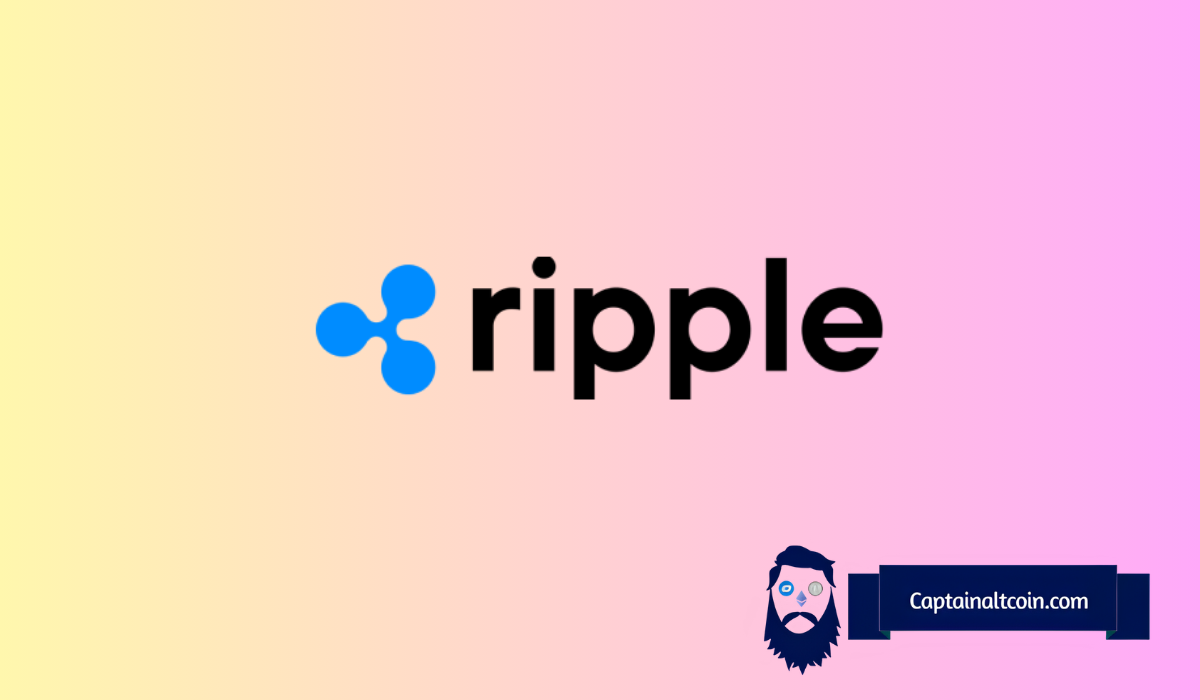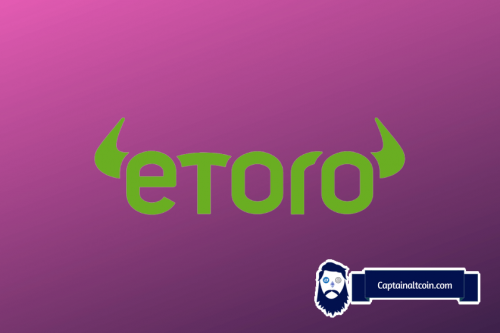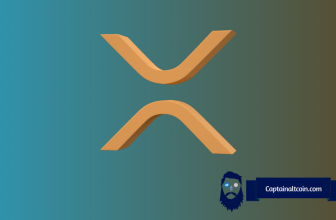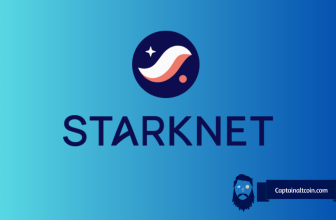
Could Ripple’s XRP overtake Bitcoin? That’s the bold question raised in a new video by NCashOfficial, a YouTube channel followed by over 208,000 subscribers. While Bitcoin remains the most valuable cryptocurrency by market cap, XRP is building momentum in a very different way, not through hype, but through regulation, banks, and tokenized finance.
Let’s break down why some believe XRP might have a shot.
What you'll learn 👉
Ripple Is Focused on Institutions, Not Retail Hype
Bitcoin has mostly attracted individual investors who see it as a way to store value. XRP takes a different approach, it wants to work with banks and large financial companies. Ripple, the company that created XRP, says it has signed over 1,700 confidentiality agreements with financial institutions worldwide.
These partnerships are focused on one thing: building real infrastructure. From cross-border payments to digital asset custody and tokenization, Ripple is laying the groundwork for long-term institutional use. According to Ripple President Monica Long, banks are already using their technology for tokenizing real-world assets, with the XRP Ledger serving as the underlying network. This isn’t theory, it’s already happening behind closed doors.
XRP Has the Regulatory Advantage
Regulation has always been a challenge in crypto. But XRP has something most tokens don’t: partial regulatory clarity in the United States. After Ripple’s legal battle with the SEC, XRP is one of the few assets with a court ruling stating it’s not a security when traded on secondary markets.
This gives XRP a unique edge. While many tokens are still stuck in legal uncertainty, XRP can move ahead with institutional deals and potentially even get listed on regulated platforms, including, possibly, a spot ETF.
The video suggests that the regulatory monopoly that once favored Bitcoin may be losing ground, and XRP is stepping into that gap with a clearer path forward.
Tokenization Could Be XRP Big Break
One of the biggest opportunities for XRP lies in tokenization, the process of bringing real-world assets like stocks, bonds, or real estate onto blockchain networks. Ripple is making this a top priority.
More than 72% of surveyed finance executives say they plan to tokenize assets in the next three years, and Ripple is building the tools to support that shift. Ripple’s network is already working with banks to handle tokenized custody, and the XRP Ledger is being used as a primary infrastructure layer.
Executives like Graham Rodford, CEO of Archax, believe that between $30 trillion and $50 trillion worth of assets could eventually be tokenized, and he expects a large portion of that to move through XRPL.
Read Also: What Hedera (HBAR) Traders Need to Know Now: Key Fibonacci Levels Reveal the Next Big Move
The Market Could Flip Faster Than Expected
For XRP to dethrone Bitcoin, a lot has to go right. Its market cap would need to increase by over 20 times from where it stands today. But the video outlines a scenario where things accelerate quickly.
If an XRP ETF is approved, if large banks start using Ripple’s tech for payments and tokenization, and if U.S. government agencies like the FDIC, Fed, and OCC begin recognizing Ripple’s role in finance, then XRP could enter a whole new phase of adoption.
The moment one major financial institution jumps in, others may follow, triggering a network effect. That shift could also bring sentiment changes, where the focus in crypto moves from speculation toward real-world utility. And if that happens, XRP could gain ground not just on Ethereum, but on Bitcoin itself.
Subscribe to our YouTube channel for daily crypto updates, market insights, and expert analysis.
We recommend eToro
Wide range of assets: cryptocurrencies alongside other investment products such as stocks and ETFs.
Copy trading: allows users to copy the trades of leading traders, for free.
User-friendly: eToro’s web-based platform and mobile app are user-friendly and easy to navigate.









